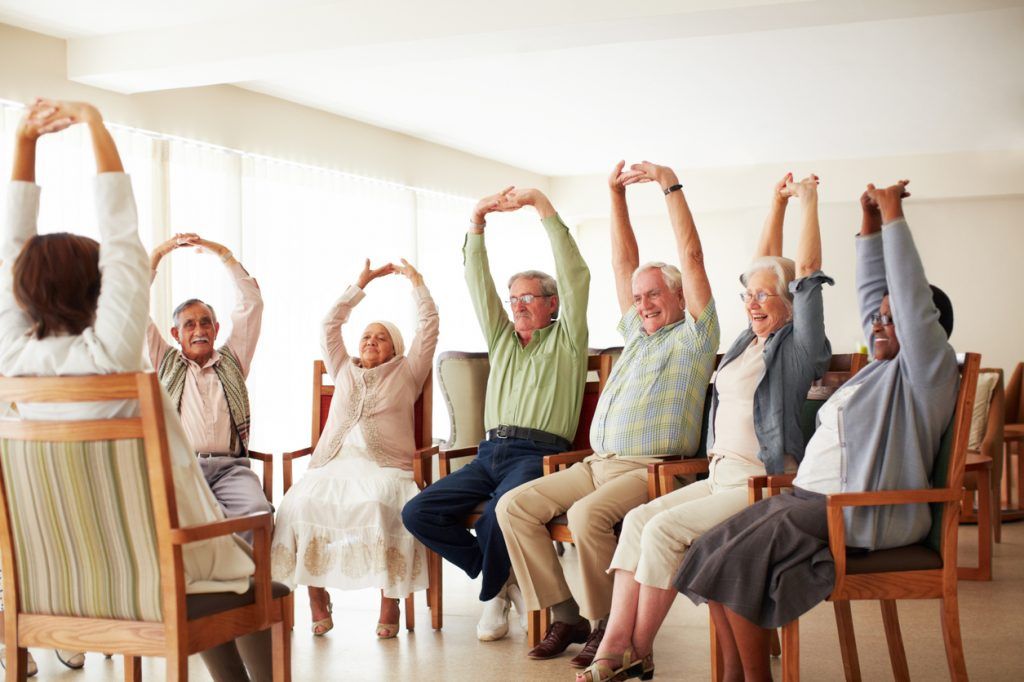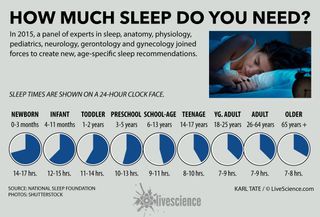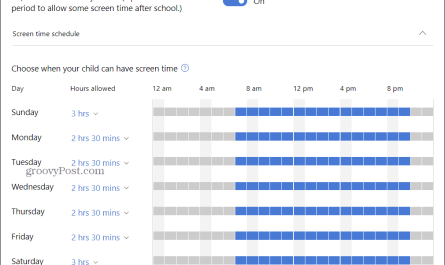As we age, it becomes increasingly important to prioritize our physical health and well-being. Exercise plays a crucial role in maintaining strength, flexibility, and overall fitness, regardless of age. For seniors, tailored workouts that take into account individual needs, abilities, and limitations are essential for staying active and improving quality of life.
The Benefits of Exercise for Seniors
Regular exercise carries a multitude of benefits for seniors, both physically and mentally. These include:
Improved cardiovascular health: Engaging in activities that raise your heart rate can contribute to a healthier heart, lower blood pressure, and reduced risk of heart disease.
Increase in muscle strength and flexibility: Regular strength-training exercises can help maintain and build muscle mass, preventing loss of strength and flexibility that often comes with aging.
Better balance and reduced fall risk: Certain exercises, such as balance training and yoga, can help improve balance and coordination, decreasing the risk of falls and injuries.
Weight management: Exercise can help burn calories, contributing to weight management and reducing the risk of obesity-related health issues.
Mood enhancement and mental well-being: Physical activity releases endorphins, which can improve mood, reduce stress, and enhance mental well-being.
Tailoring Workouts to Individual Needs
When it comes to designing exercise routines for seniors, a one-size-fits-all approach doesn’t work. Each person has unique needs, abilities, and limitations that should be taken into consideration. It is crucial to tailor workouts to fit individual circumstances and gradually increase intensity and duration as fitness improves. Here are some important factors to consider while designing exercise programs for seniors:
Consulting with a Healthcare Professional
Prior to starting any new exercise regimen, especially for seniors with pre-existing health conditions, it is essential to consult with a healthcare professional. A doctor or physical therapist can assess your individual situation and provide guidance on the appropriate activities, intensity, and any necessary modifications to ensure safety and effectiveness.
Choosing Low-Impact Exercises
For seniors, low-impact exercises are generally ideal as they are easier on the joints and have a lower risk of injury. Some great examples include swimming, walking, cycling, yoga, tai chi, and water aerobics. These activities help maintain cardiovascular health, improve flexibility, and strengthen muscles without putting excessive strain on the body.
Focusing on Balance and Coordination
Loss of balance and coordination is a common concern among seniors. Including exercises that target these areas can help improve stability and reduce the risk of falls. Balance exercises can include standing on one leg, heel-to-toe walks, or specialized balance training programs. Incorporating coordination exercises such as practicing catching and throwing a ball or stepping over obstacles also boosts mental agility.
Incorporating Strength Training
Strength training is crucial for maintaining muscle mass and strength as we age. It can be as simple as using resistance bands, light dumbbells, or bodyweight exercises. Working on major muscle groups, such as the arms, legs, back, and core, aids in maintaining overall physical function and balance.
Listening to Your Body
Senior exercisers should always be attentive to their bodies and pay close attention to any discomfort or pain during workouts. It’s crucial to modify or stop an exercise if it causes excessive strain or exacerbates existing conditions. Engaging in light warm-up exercises before a workout and gentle cool-down stretches afterwards is also important to prevent injuries.
Incorporating Exercise into Daily Life
Exercise doesn’t have to be limited to structured routines, and there are plenty of ways to incorporate physical activity into daily life:
Walking: Take regular walks around the neighborhood, at a nearby park, or indoors on a treadmill.
Gardening: Tending to a garden or plants is not only a great way to be active but also provides a sense of fulfillment and connection with nature.
Dancing: Join a dance class or simply put on some music and dance in the comfort of your own home.
Hobbies: Engage in activities that you enjoy, such as swimming, golfing, cycling, or playing tennis.
Household chores: Everyday chores like vacuuming, sweeping, and mopping can be turned into mini workouts by adding a little extra effort and movement.
Conclusion
Exercise is crucial for seniors to maintain physical strength, flexibility, and overall well-being. Designing personalized workout routines that align with individual needs and limitations ensures optimal safety and effectiveness. It’s never too late to start incorporating exercise into your daily life, so get started today and enjoy the numerous benefits that regular physical activity brings!




